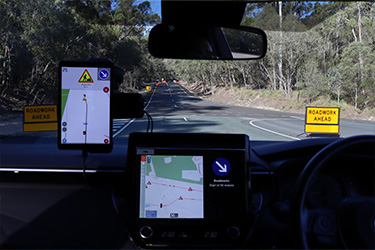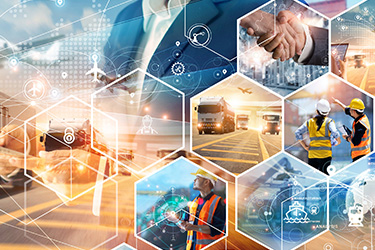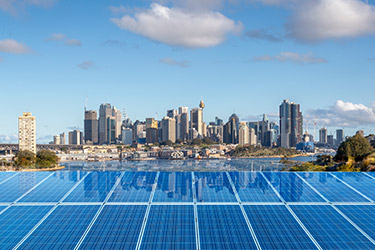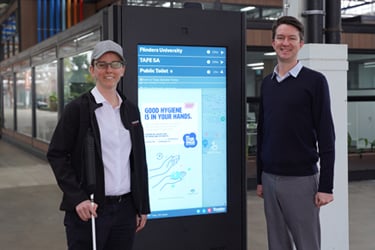Many high-profile technologies are transforming our daily lives and capturing the world's attention, but it's often the less-heralded innovations that hold the greatest potential for impactful change.
Enabling technology that provides warning messages to drivers in real-time may soon be seen on Queensland roads, offering safety, mobility, and environmental benefits.
SAGE delivers end-to-end industrial digitalisation solutions across the defence, energy, manufacturing, resources, smart cities, transport, and water sectors, across every state and territory in Australia. These solutions harness the collective capability of SAGE Group, including automation and control delivered by SAGE Automation.
In 2020, within the Greater Adelaide region, 31% of fatal crashes were at intersections, according to the Statistical Summary of Road Crashes and Casualties.
The transport industry has been awash with talk of next-generation technologies that are making their way into major transport projects. These solutions provide an answer to some of the industry’s greatest challenges such as congestion management, safer transport systems, and sustainability goals.
Is the Australian market ready to move to smart grids? That’s what we’ve been exploring over the last few months - starting with a look at traditional energy grids and their limitations.
Lower energy bills, better reliability and more sustainable energy are all enticing reasons for Australians to embrace smart grids.
In the world of smart cities, the future is now. That means making the dream of an accessible, all-inclusive public environment a reality – in our cities, on our streets and, eventually, embedded in our day-to-day lives.
Last time around, we spoke about the traditional grid and its limitations for a growing Australian population.
As I shared in the previous blog, traditional energy grids are large, centralised power generators that rely primarily on fossil fuels and typically aren’t digitised enough to meet modern market requirements.















